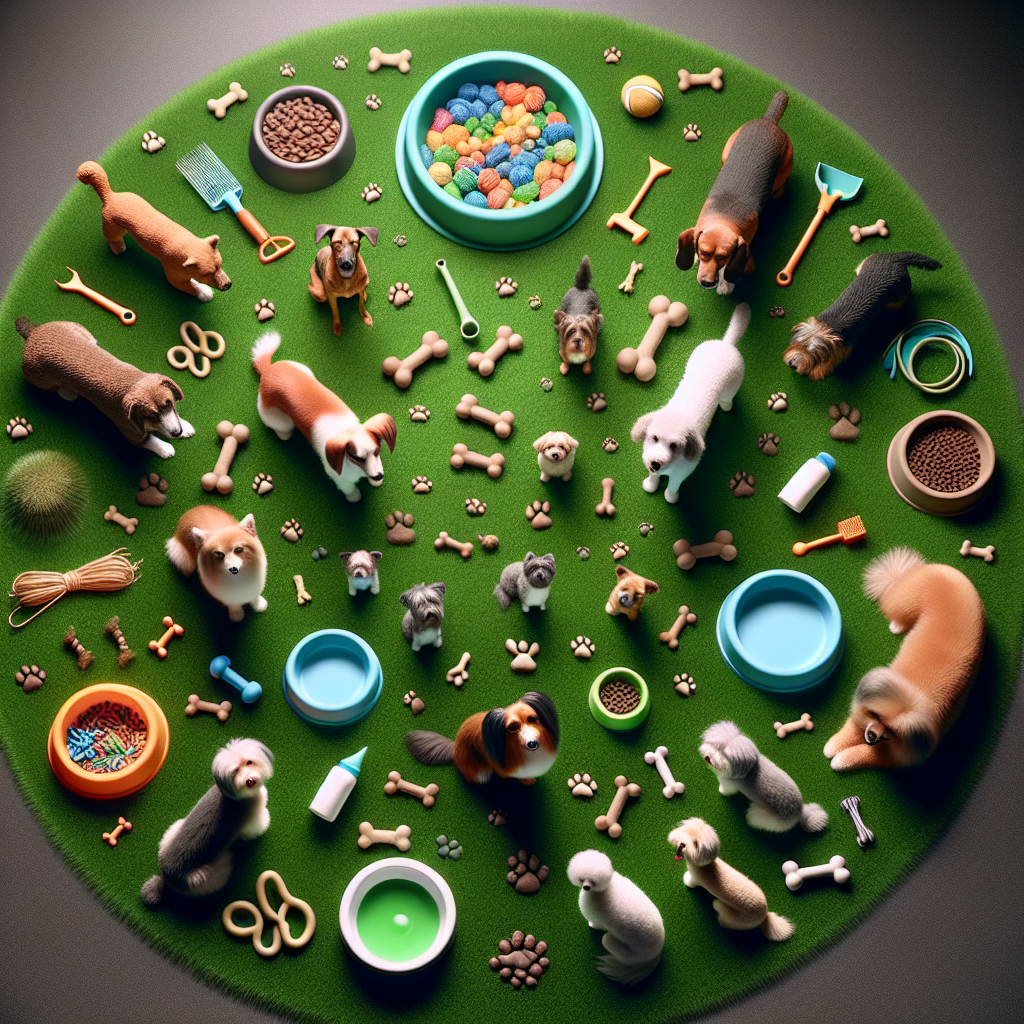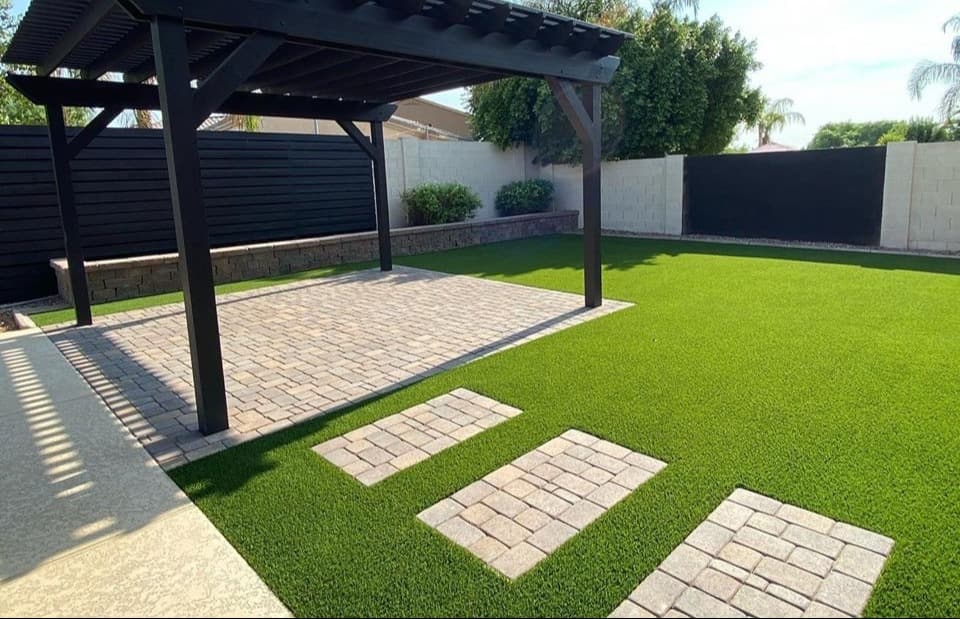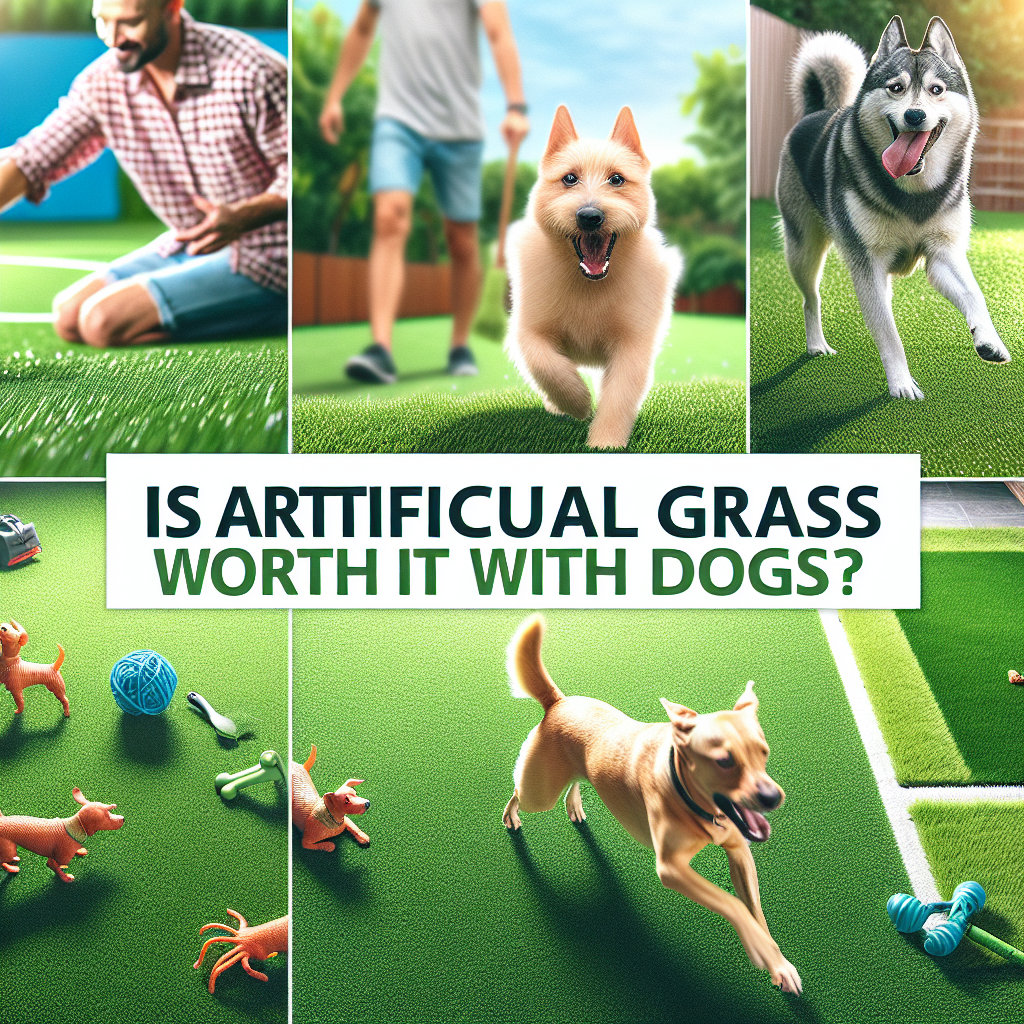
Imagine stepping into your backyard to enjoy a sunny afternoon, only to find unsightly yellow patches marring your beautiful green lawn. If you’re a dog owner, this scenario might be all too familiar. Dog urine can wreak havoc on your grass, but fortunately, there are ways to counteract its effects and maintain a lush, vibrant yard. In this article, we’ll explore what neutralizes dog urine on grass and provide actionable tips to keep your lawn looking its best.
Dog urine contains high levels of nitrogen, which in small amounts can actually benefit grass growth. However, concentrated doses lead to “lawn burn,” creating those dreaded yellow spots. Think of it as over-fertilizing a plant—too much of a good thing can be harmful. Understanding this helps us find solutions that neutralize the excess nitrogen without harming the grass.
One of the simplest and most effective methods is to immediately water the area where your dog has urinated. This dilutes the nitrogen concentration and helps prevent damage. Consider using a garden hose or a watering can to thoroughly soak the spot.
Various lawn treatments are available that can help neutralize dog urine. Products containing gypsum or lime work well to balance soil pH and mitigate damage. Adding these treatments to your lawn maintenance routine can make a significant difference.
An age-old remedy involves mixing baking soda with water and applying it to affected areas. This solution helps neutralize the acidity in dog urine, preventing further damage to your grass. Simply dissolve a few tablespoons of baking soda in a gallon of water and pour it over the yellow spots.
Ensuring your dog stays well-hydrated can dilute their urine naturally. Additionally, certain dietary adjustments, such as feeding your dog a diet lower in protein, can reduce the nitrogen content in their urine. Always consult with a veterinarian before making any significant changes to your pet’s diet.
Training your dog to urinate in designated areas can minimize damage to your lawn. Consider creating a specific gravel or mulch area where your dog is encouraged to go. This not only protects your grass but also makes clean-up easier.
Regular maintenance is key to a healthy lawn. Aerating the soil, applying fertilizers appropriately, and mowing at the right height can all contribute to more resilient grass. For comprehensive tips on keeping your artificial lawn in top shape, check out our guide on maintaining your artificial lawn.
While it’s challenging to prevent entirely, using a combination of watering, lawn treatments, and dietary adjustments can significantly reduce damage.
Certain grasses like fescue and ryegrass are more resistant to dog urine damage. Consider these options if you’re replanting or starting a new lawn.
Maintaining a beautiful lawn while being a proud dog owner may seem like an uphill battle, but it doesn’t have to be. By understanding the problem and utilizing effective neutralizers, you can keep your yard lush and green. For more insights on designing a pet-friendly outdoor space, explore our post on designing the perfect backyard with artificial grass. With a bit of effort, you can create a harmonious environment where both you and your furry friend can thrive.
For further reading on lawn care and related topics, refer to resources like Better Homes & Gardens’ Lawn Care Guide or the EPA’s Lawn and Garden Tips. These authoritative sources offer comprehensive advice for maintaining a healthy outdoor space.


